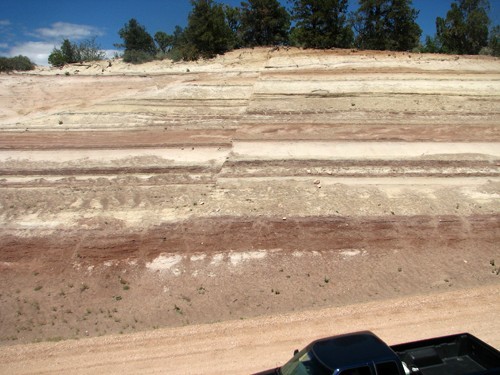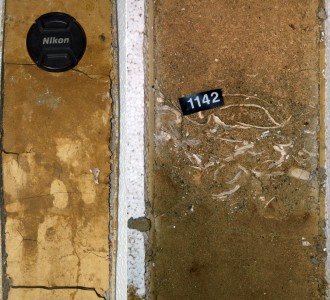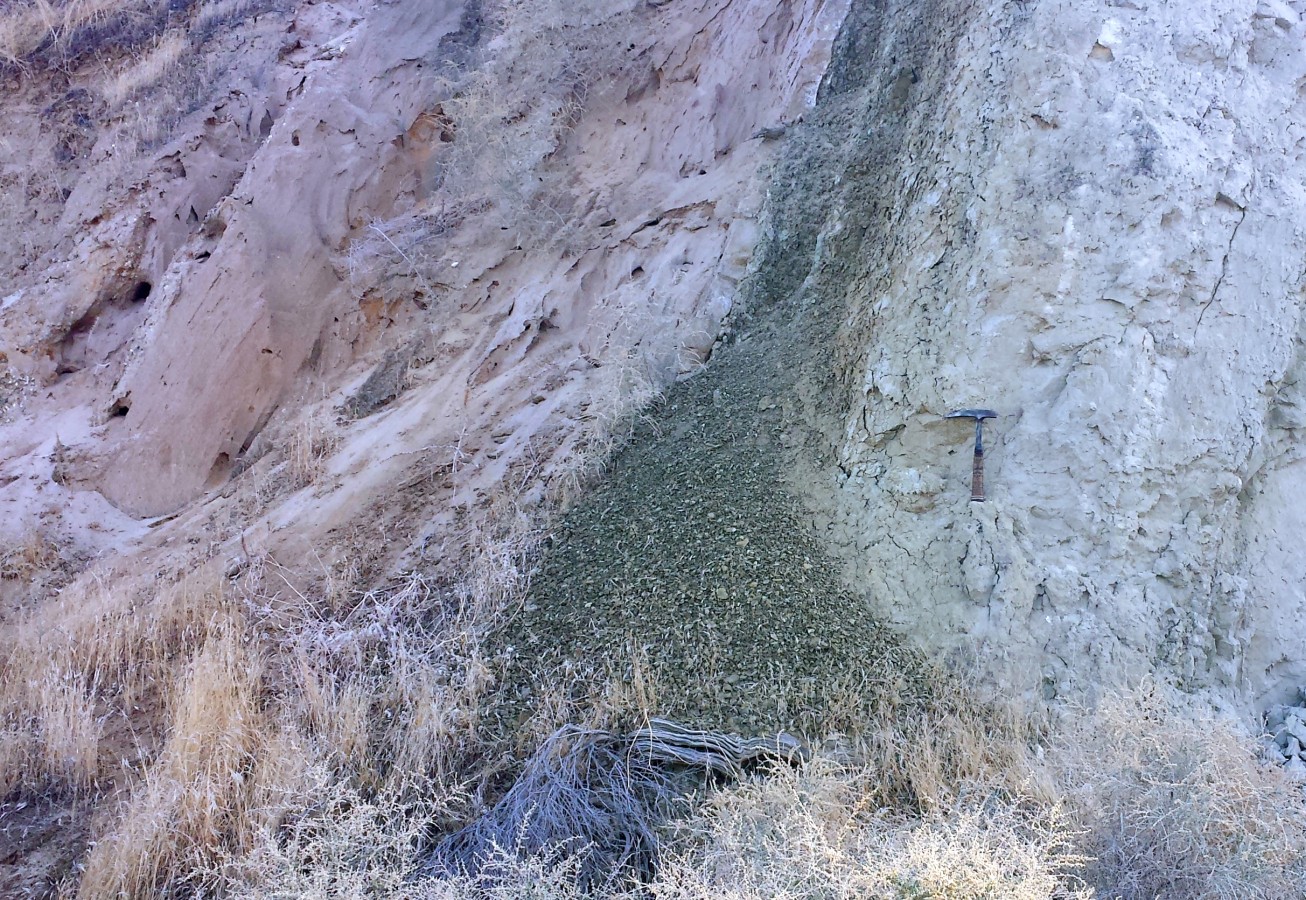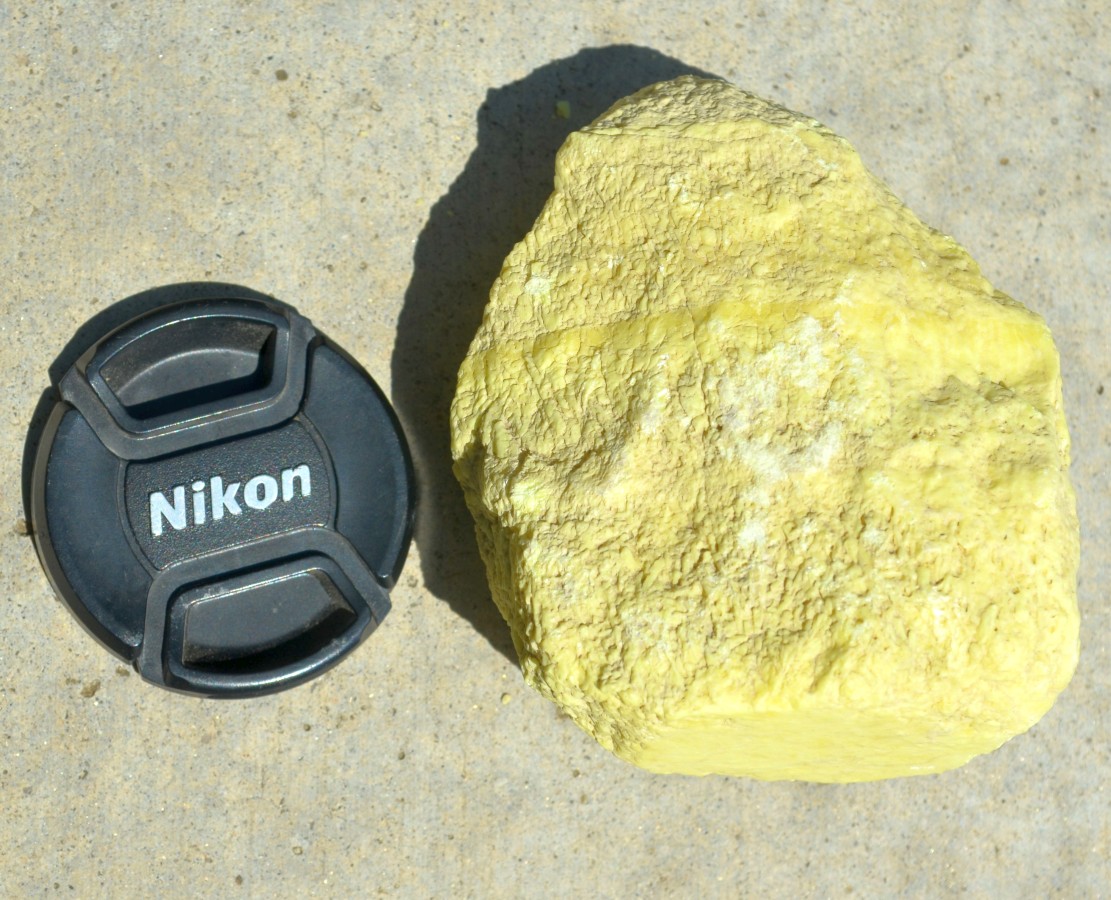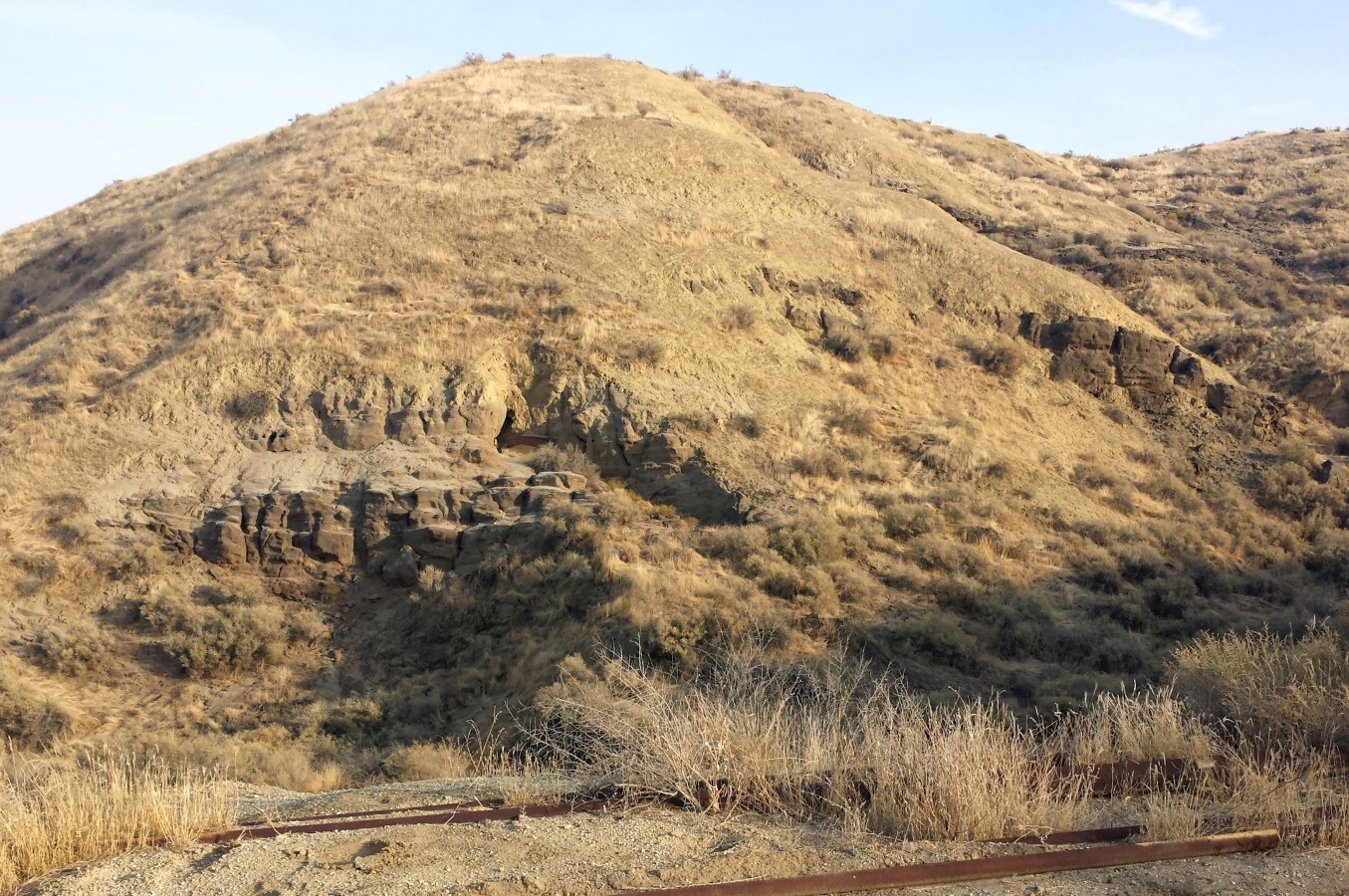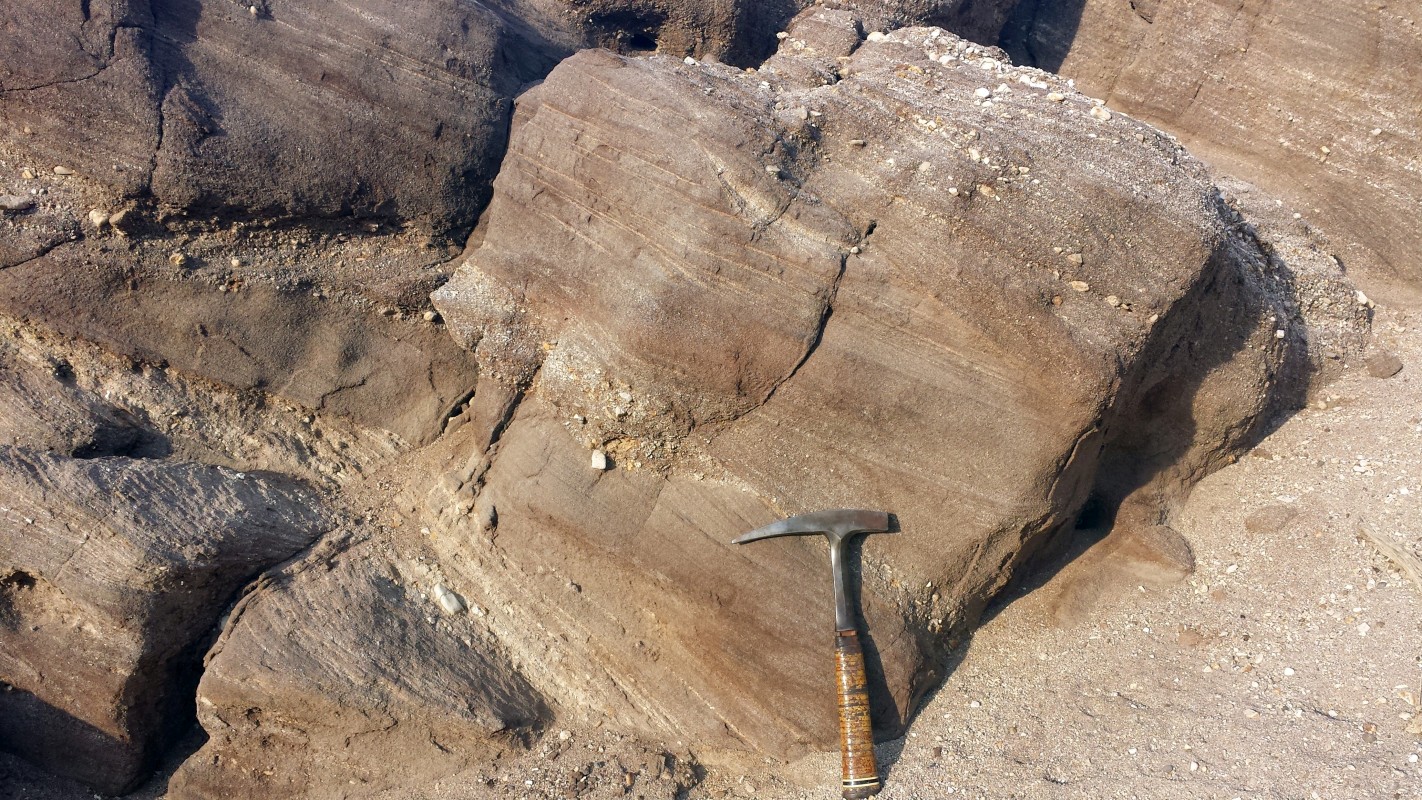The Tulare Formation

The Tulare Formation is a largely non-marine, Pleistocene-age geologic unit in the San Joaquin Valley that represents the last episode of tectonic upheaval (mountain building) to take place in the valley. It represents what geologists at one time referred to as "molasse deposits". Thus, the Tulare is folded and deformed on the basin margins, where it is unconformably overlain by flat-lying, undeformed Recent alluvium. The angular unconformity at the top of the Tulare becomes conformable towards the basin center, where the formation is nearly impossible to distinguish from Recent alluvium above it, if age diagnostic fossils are absent. Although the Tulare in many places is composed of fluvial conglomerates, such as those shown in the photo on the right, it is an incredibly diverse formation, as is evident in the sampling of photos collected here, and it ranges from alluvial and lacustrine to nearshore and brackish-water environments. The Tulare overlies marine sediments of the San Joaquin Formation. |
A Gallery of Pictures from the Tulare Formation

